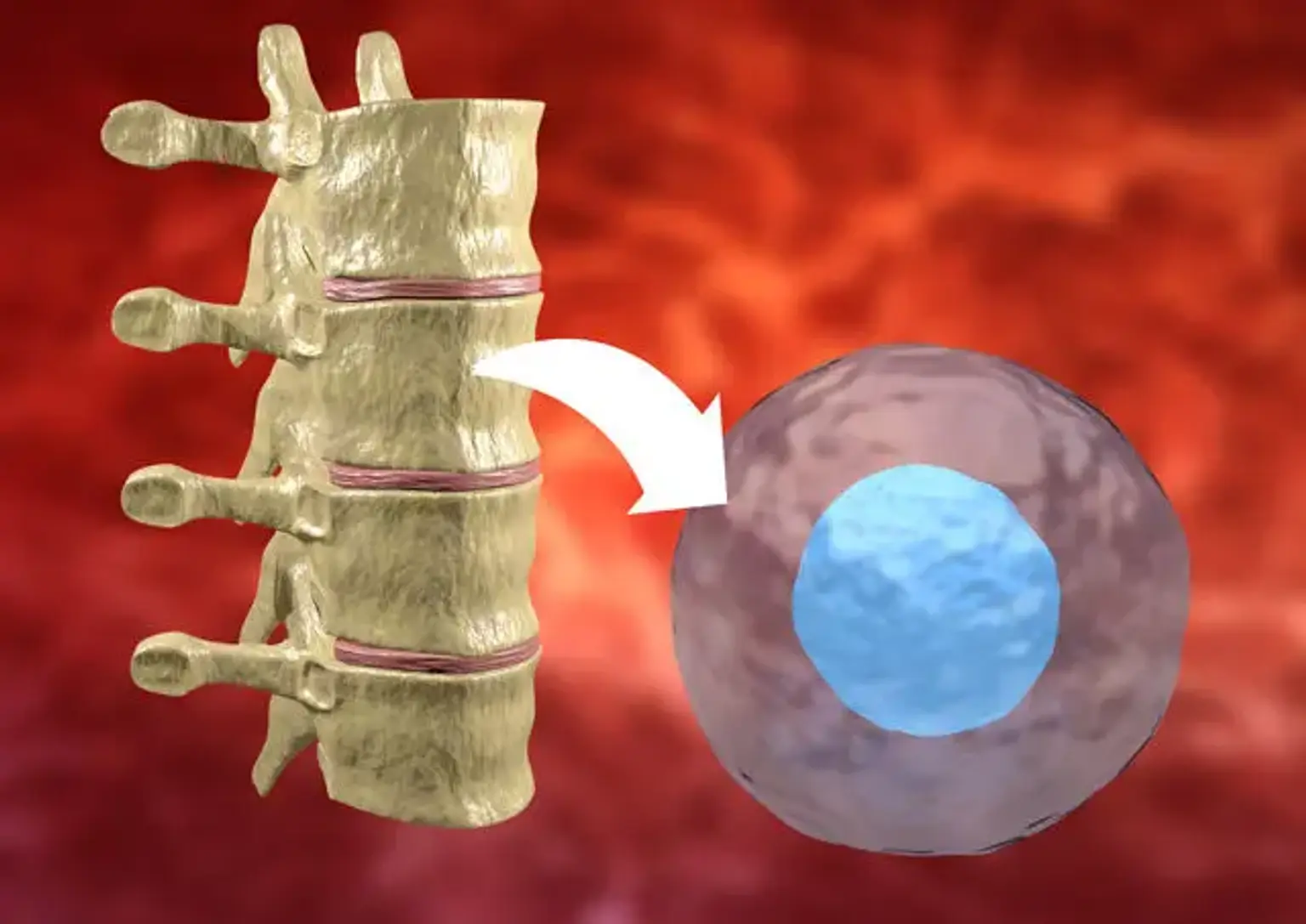Pediatric Hematopoietic Stem Cell Transplant
Hematopoietic stem cell transplant is a recent innovation that came to be during the last few decades. It’s an increasingly effective alternative of curing an array of both malignant and benign disorders among children.
A pediatric hematopoietic stem cell transplant can also be referred to as a bone marrow transplant. It’s generally a treatment to replace the damaged or lost bone marrow with healthy stem cells. Initially, the transplant procedure was used to address cancers and various blood diseases. But today, it is progressively being applied in the treatment of a range of developing conditions. This includes genetic immunodeficiencies, bone marrow failure, and metabolic disorders, among others.
